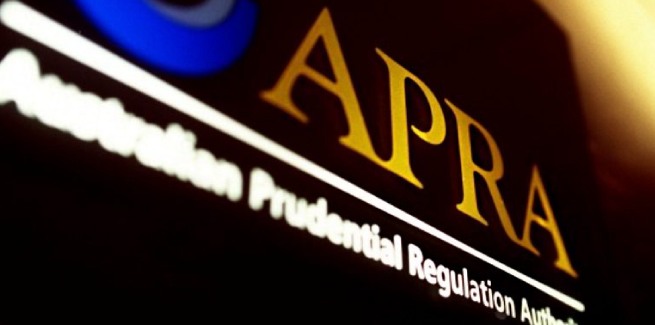Earlier this month, following discussions with APRA and ASIC, the banks agreed to extend loan repayment holidays by up to four months (no later than 31 March 2021) for customers unable to meet their obligations due to COVID-induced income loss.
Stakeholders had agreed that the extensions would help absorb the looming shock to household balance sheets following the first wave of loan deferral expiries in September.
Accordingly, APRA announced that it would extend capital concessions for banks, by not requiring them to treat deferred loans as impaired assets.
Speaking to the Trans-Tasman Business Circle this week, APRA chair Wayne Byres commented: “Based on preliminary data for end June, about 10 per cent of loans by the banking system – worth $269 billion – have had repayments deferred.
“This is a substantial stock, and in thinking about how to avoid the September cliff, we had to consider how best to facilitate an orderly transition out of the deferral program.
“Ceasing all deferrals in October would not be helpful. Equally, just rolling over deferrals without any exit strategy is unlikely to be in borrowers’ or banks’ interests,” he said.
He added: “The approach we adopted sought to strike a balance.”
However, Mr Byres stressed that banks should only offer deferral extensions in cases where they have “some degree of confidence the borrower could return their loan to performing status”.
The APRA chair noted that alternatives to loan deferrals were in place for borrowers with the capacity to resume some level of repayments.
“We also granted a window of time and an incentive, via another concessionary capital treatment available for a limited period, for banks to restructure borrowers’ debts with a view to putting them on a sustainable financial footing,” he said.
“This second concession is designed to encourage banks to work with their customers now rather than simply defer again and hope for the best.”
Mr Byres added that lenders would also be required to disclose deferred and restructured loan portfolios, stating “there is no hiding the issue”.
Loan relief extensions have come amid expectations of a rise in demand for assistance in response to a tightening of social distancing measures in Victoria and NSW.
Speaking to ANZ’s internal media platform, Mark Hand, Australian group executive, retail and commercial banking, said he expects loan deferral enquiries to ramp up over the next few weeks.
“I’d expect to see the number of enquiries rise in the coming weeks as a lot of customers that might have absorbed the first shutdown, start to realise that the second one is really going to push them to the edge, and they will need that support,” he added.
This is likely to intensify credit quality concerns, with investment management firm Morgan Stanley expecting approximately 20 per cent of borrowers currently on repayment deferrals to default on their debt, triggering a $4.3 billion rise in credit losses across the big four banks alone.
[Related: ANZ exec bracing for surge in loan deferral requests]
 ;
;